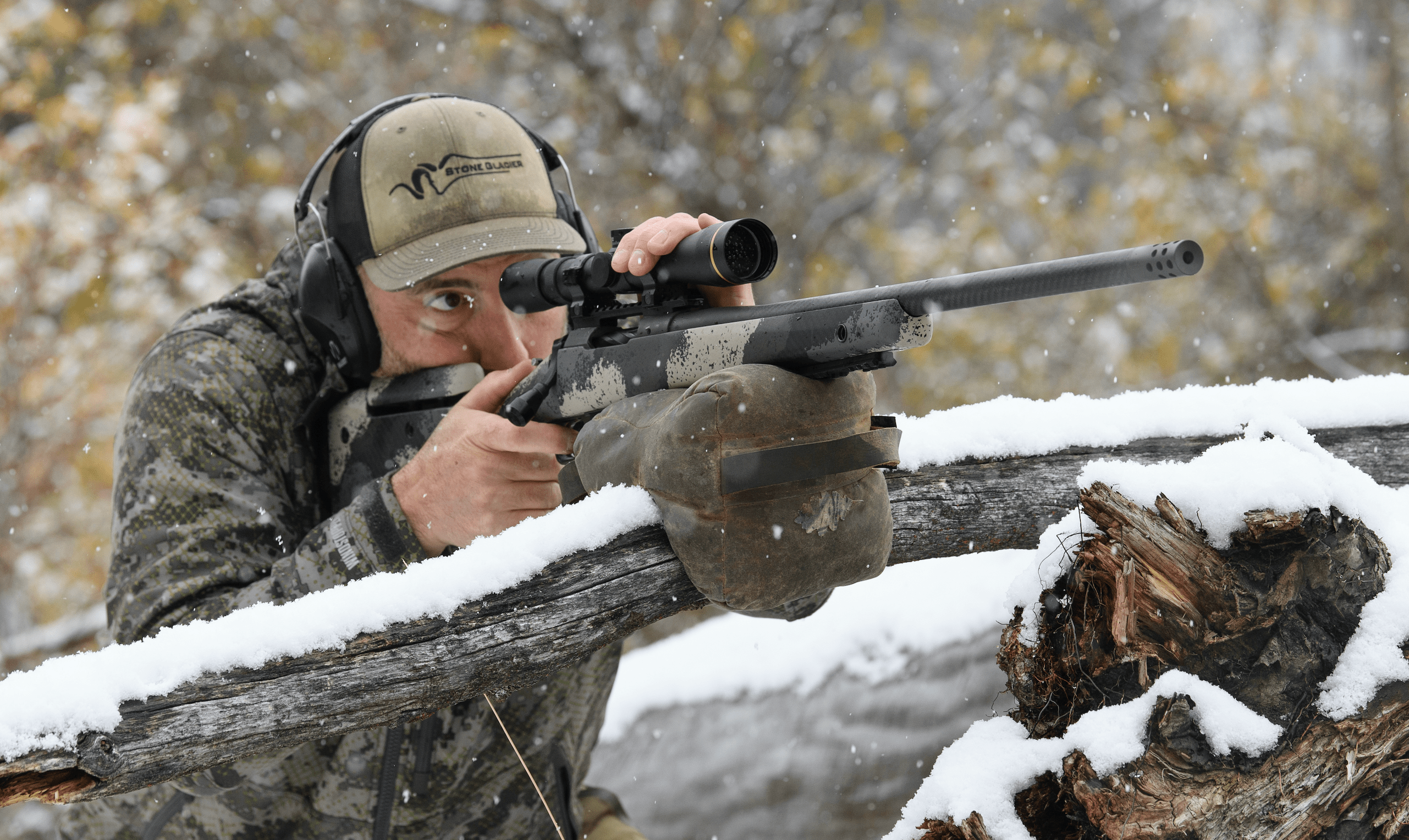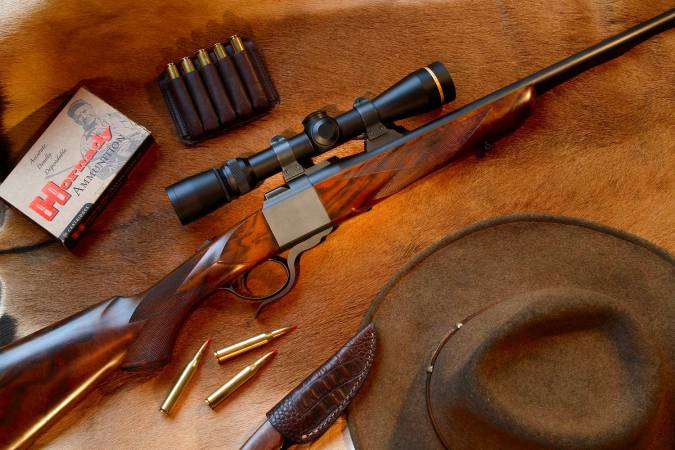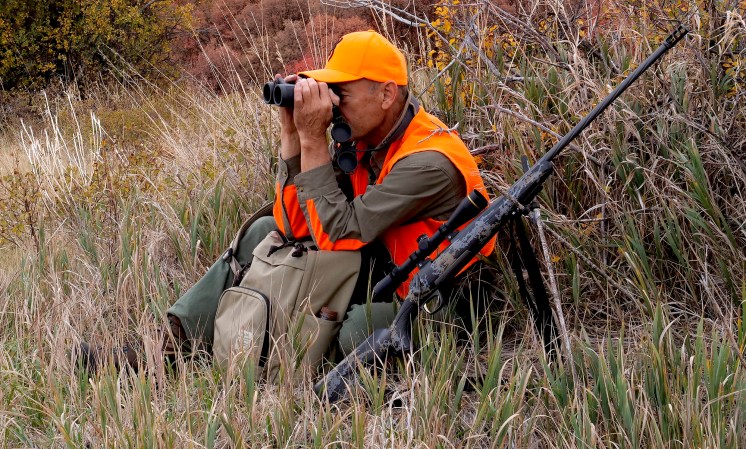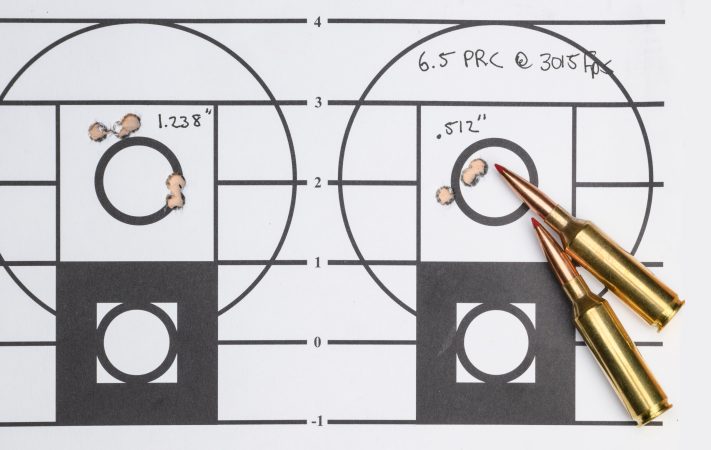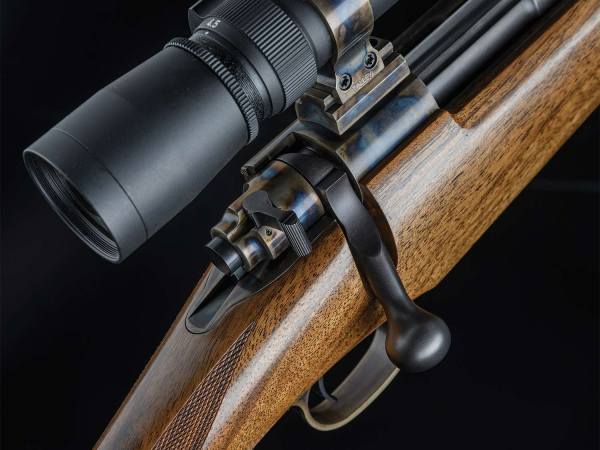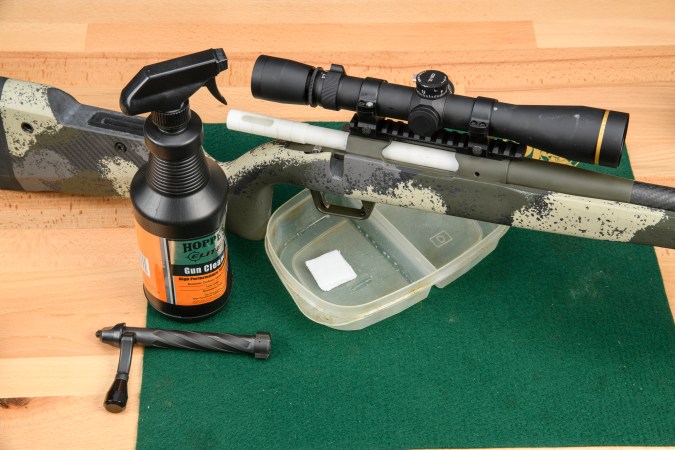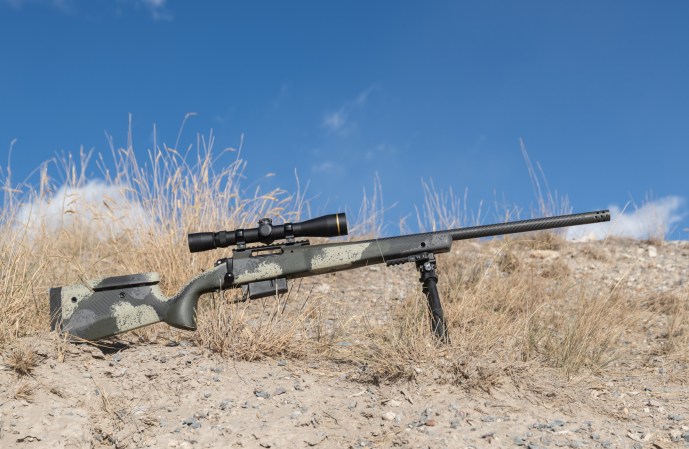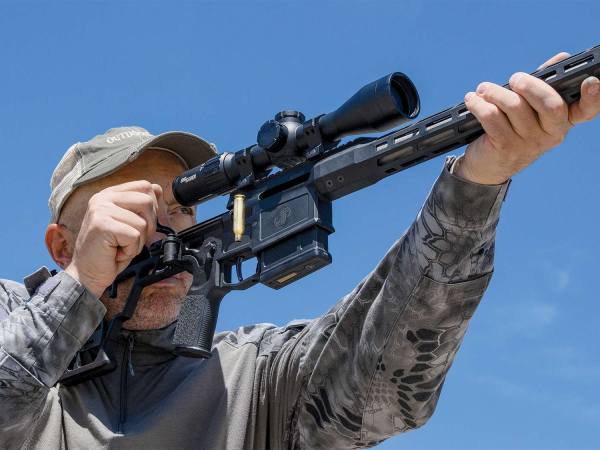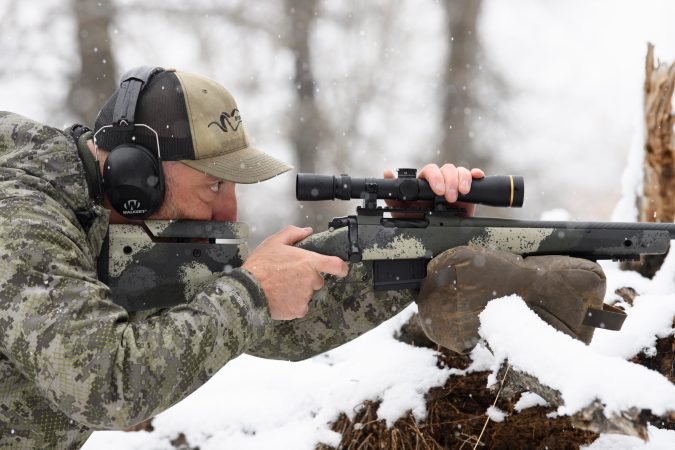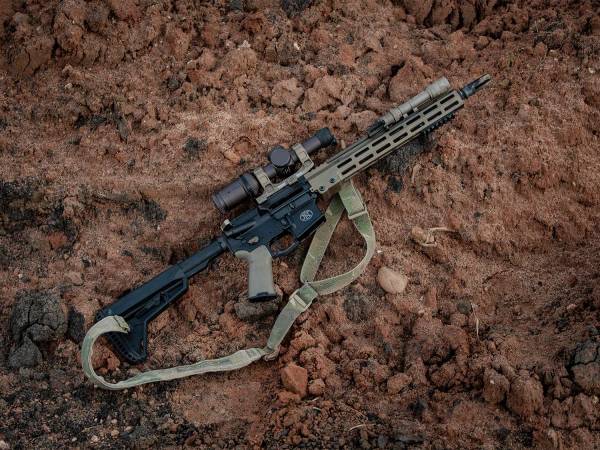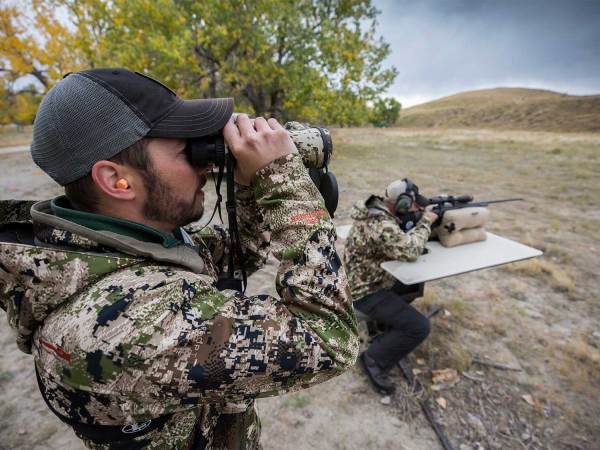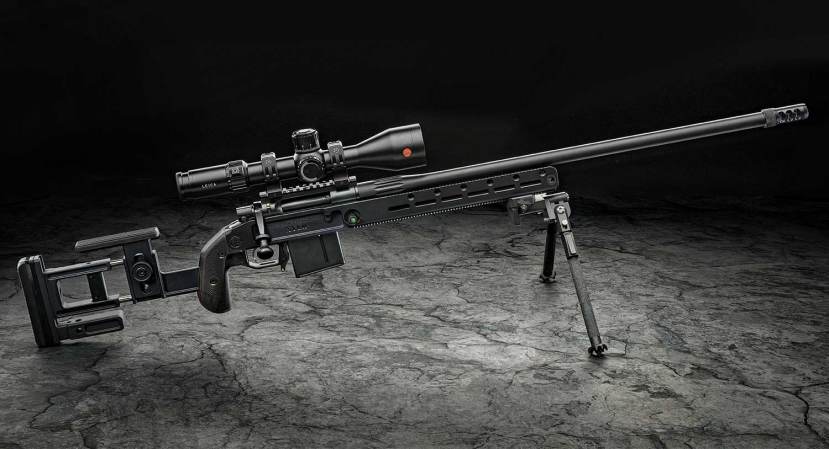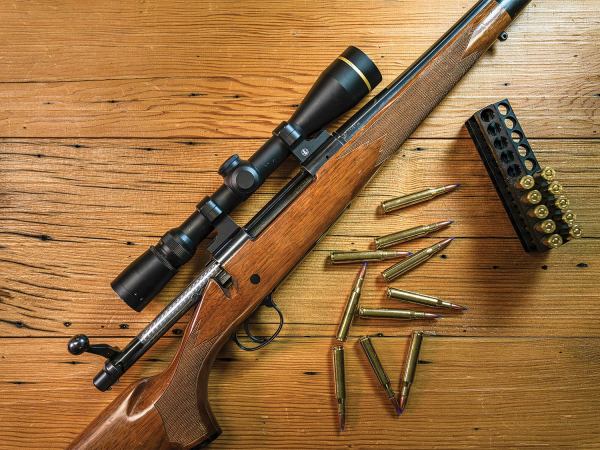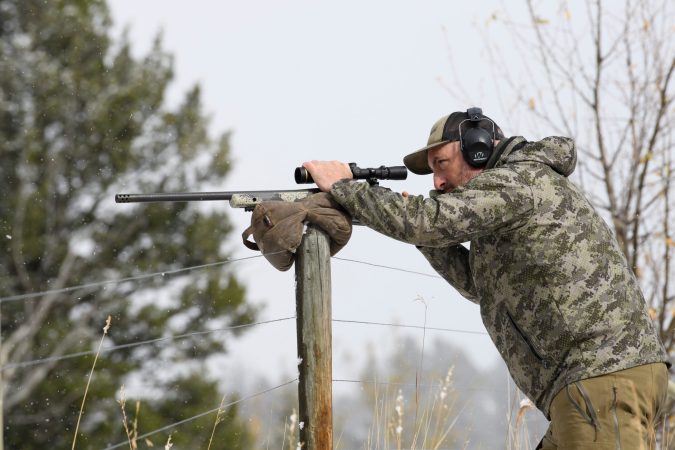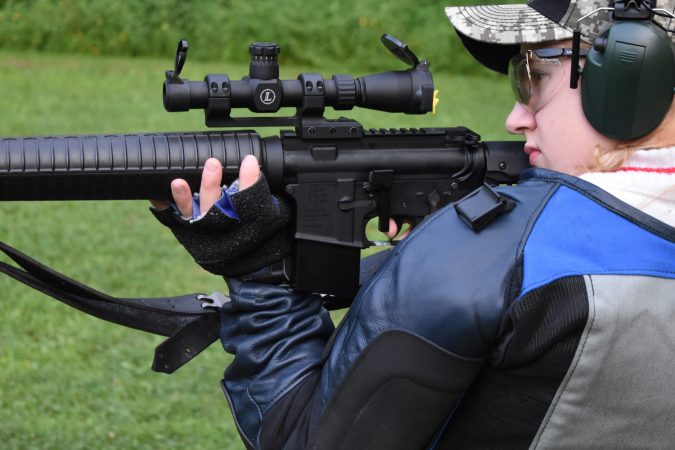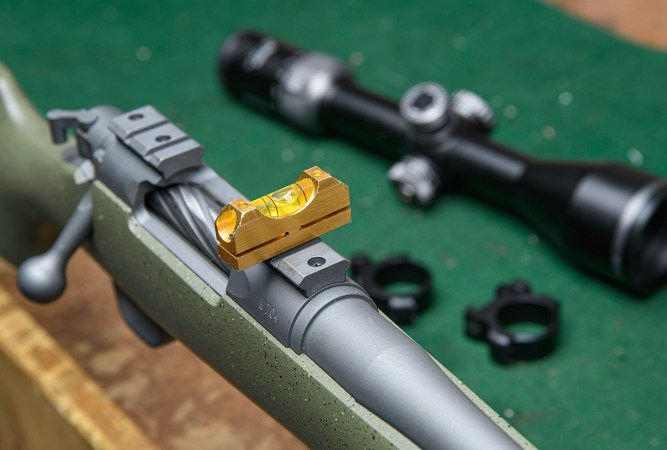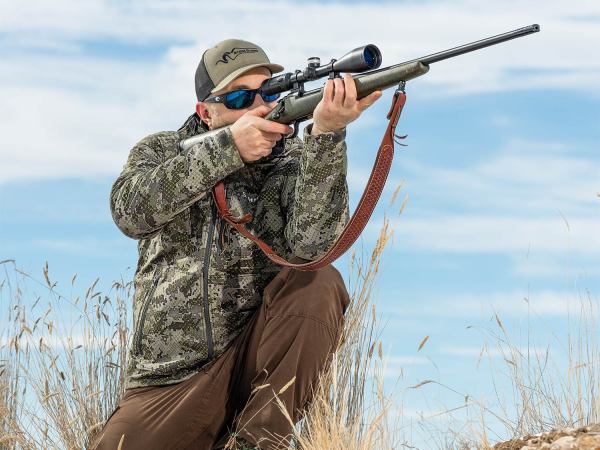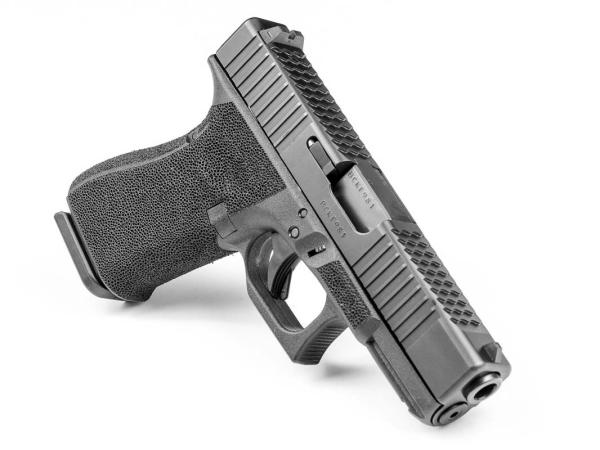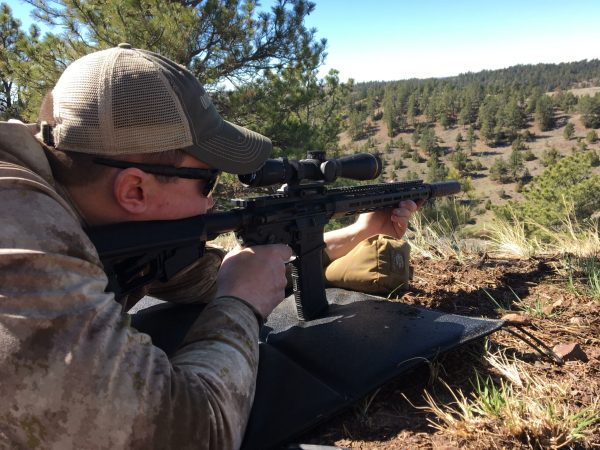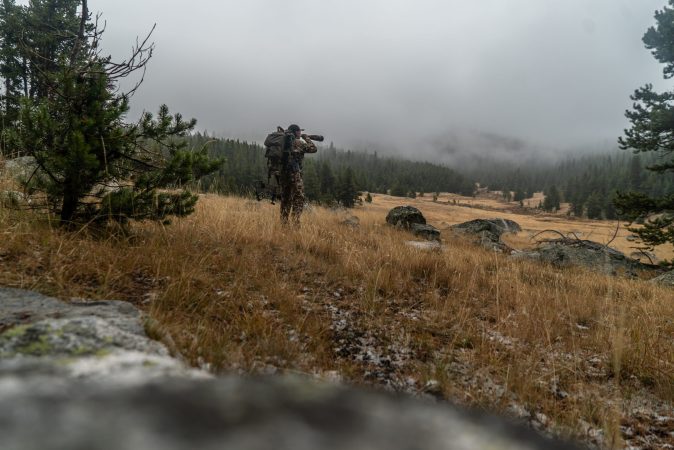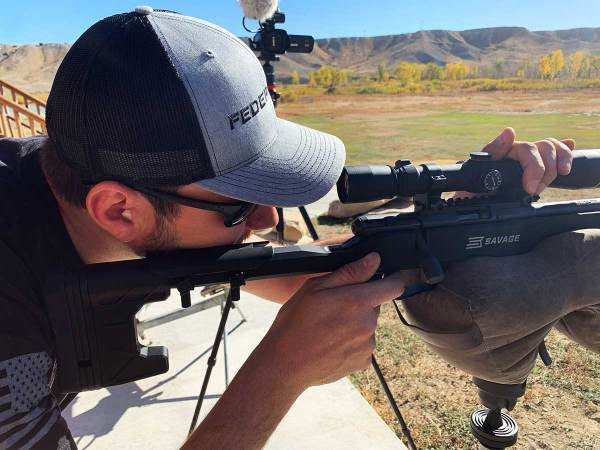We may earn revenue from the products available on this page and participate in affiliate programs. Learn More ›
Years ago, I was hiking in the breaks in eastern Montana looking for a late-season mule deer when I lost my footing and drove the barrel of my .260 Remington into the soggy ground. I spent what felt like the better part of an hour using small twigs and stalks of dried grass to clear the mud, snow, and ice from the barrel. The funny thing is, that this wasn’t the first time I’d pulled that stunt. But, I’m happy to report, it was the last time I found myself in this predicament because then and there I vowed to never venture forth on a rifle hunt without taping the muzzle of my barrel first—and so far, I’ve kept my word. (And, in case you’re wondering, taping the muzzle doesn’t affect a rifle’s accuracy.)
Of course, that doesn’t mean I haven’t had other issues crop up. A couple seasons back, I was hiking down a logging road in Oregon’s Cascade Mountains, looking for a blacktail. After a lifetime of shooting my hearing isn’t what it once was, but even I couldn’t help but notice an odd clicking sound with every other step I took.
An inspection of my rifle revealed that the scope was rocking back and forth in time with my cadence: The screws in the scope bases had come loose. I always carry a small tool kit with me—a set of Fix It Sticks, with some additional bits and fixtures added—so I was able to rectify the situation and confirm my zero before resuming the hunt.
So, in the hopes that you might be spared similar headaches in the field, I’m sharing with you the lessons I’ve learned through firsthand experience. Think of the advice offered here as the classic “Do as I say, not as I’ve done,” variety.
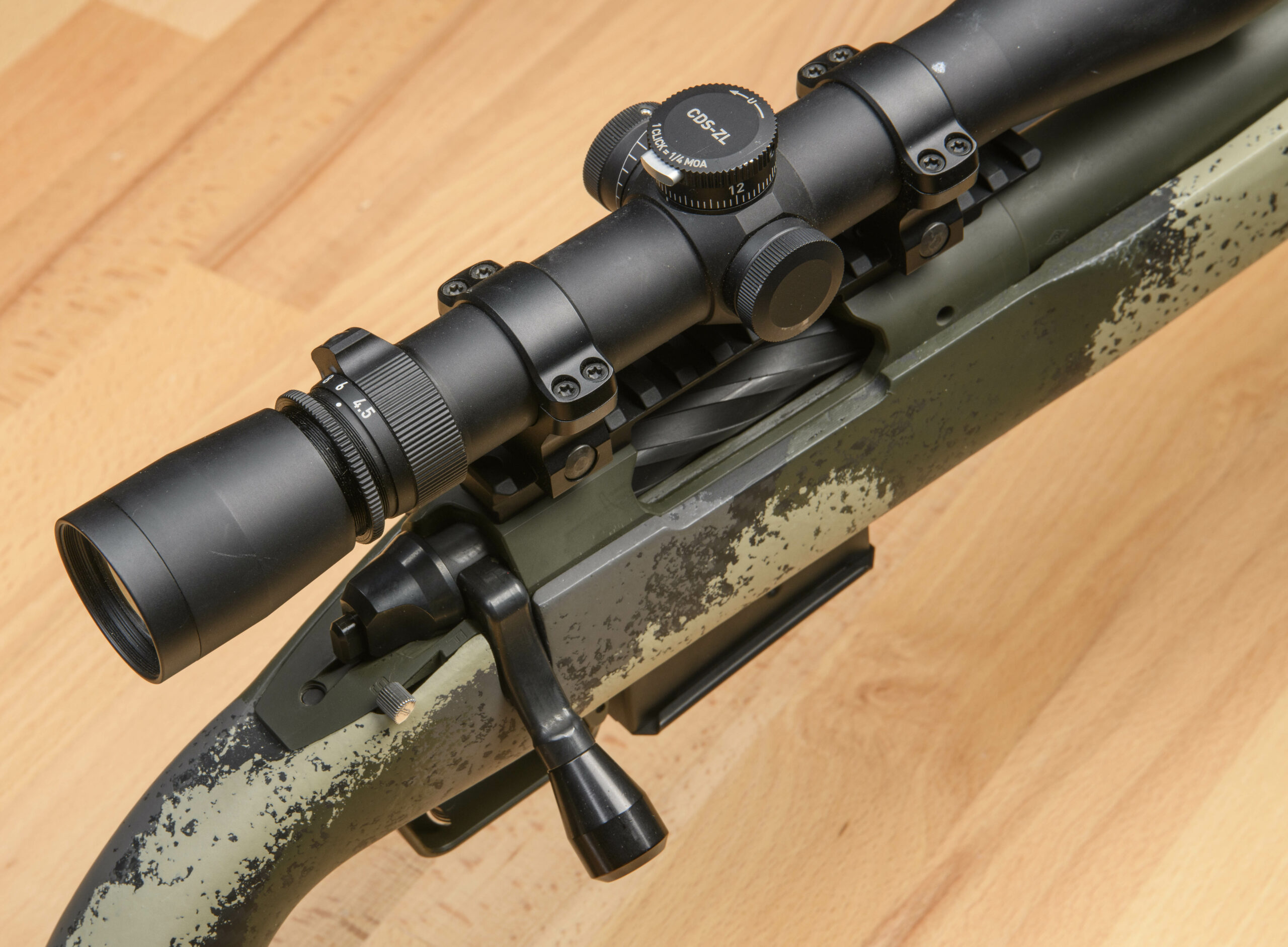
1. Tune Up Your Big-Game Rifle: Check Your Fasteners
It pays to check the screws on your rifles with some regularity. As long as you have the correct drivers, there’s no need to fear the process of taking a rifle apart. After hunting or shooting in any kind of inclement conditions—whether that’s rain, snow, mud or dust—I’ll separate the action from the stock to inspect the works and give it a good scrubbing if needed.
A torque wrench is a smart investment for this kind of work. When putting the action and stock back together, a good rule of thumb is to tighten the guard screws to about 65 inch-pounds. (Though some rifles that use titanium or aluminum alloy in their receivers and fasteners might have lower torque specs. One example is the Gunwerks Nexus.) Always tighten the guard screw on the fore-end first, followed by the guard screw behind the trigger guard.
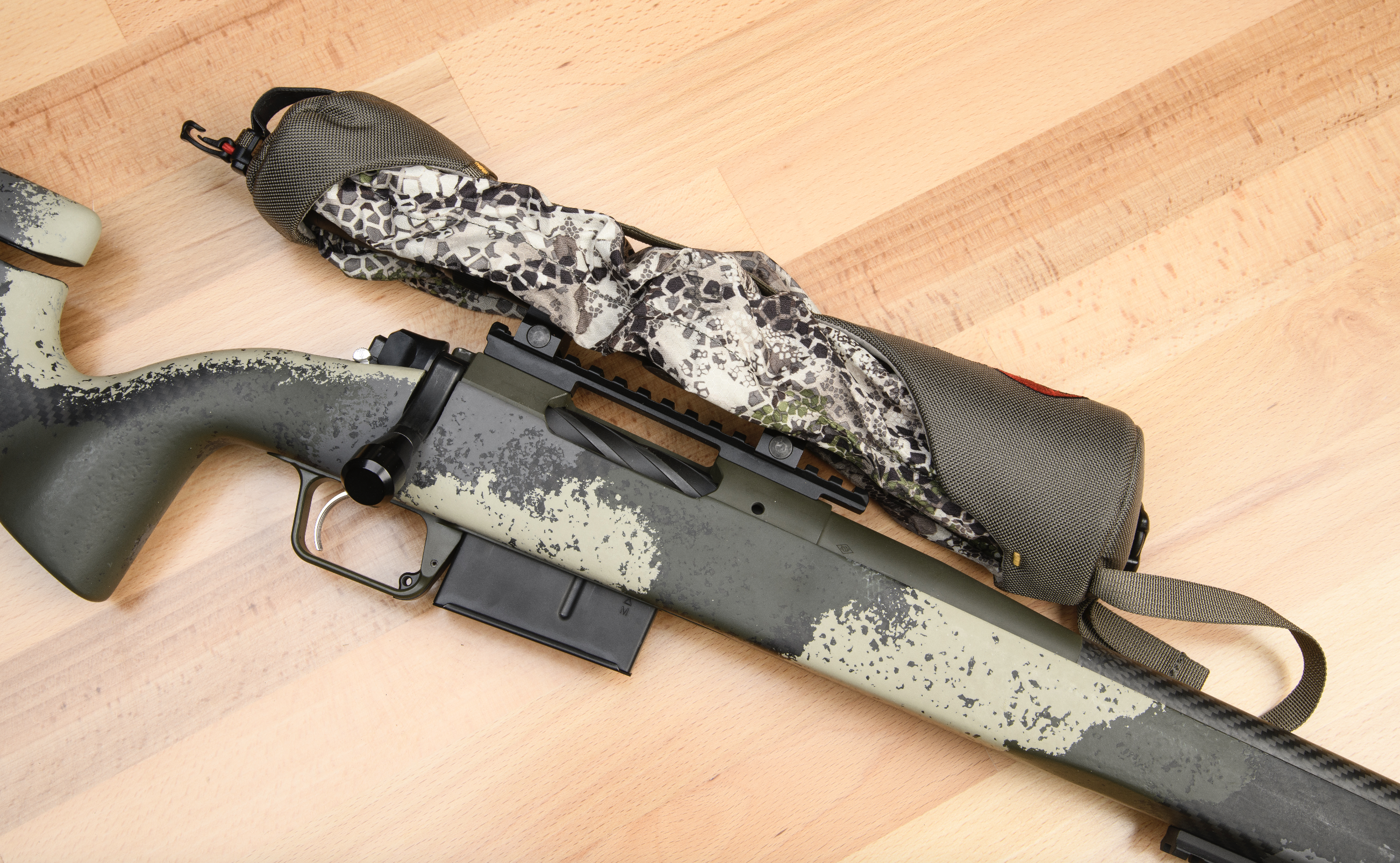
Likewise, make sure your scope bases or Picatinny rail is secure. A good rule of thumb is to tighten these to about 25 inch-pounds, though some of the larger fasteners can take up to 45 inch-pounds of torque.
Unless you have information from the manufacturer stating otherwise, tighten the fasteners on your scope rings to 25 inch-pounds.
2. Tune Up Your Big-Game Rifle: Clean Your Rifle
I’ve detailed the proper procedure for cleaning your rifle before the opener here. Leave enough time between this step and your hunting opener to check your zero and foul your barrel.
3. Tune Up Your Big-Game Rifle: Zero Your Scope, and Foul the Barrel
It usually takes just a handful of rounds through a clean barrel to properly foul it. Use these first shots to make sure your zero is fairly close to where you want it. Let the gun cool down and then put a group downrange to dial it in to your liking.
How you zero your rifle depends on your personal preference, the kind of scope you’re using, and the kind of shots you’re most likely to encounter where you hunt. For all-around general use, a point-blank zero is the option that strikes the best balance between ease of use and utility. The simplest thing to do is to use a ballistic calculator and set your zero from 1.5 to 3 inches high at 100 yards, and look at the results. Chances are, you’ll end up hitting your point of aim somewhere between 200 and 240 yards, and you’ll hit 3 inches low at about 280 yards or so. This means any shot that presents itself at or less than 280 yards requires no extra thought for figuring out elevation. (Windage, however, is another matter.) Just hold on the vitals and press the trigger.
Read Next: Springfield Armory’s Model 2020 Waypoint Is an Accurate New Hunting Rifle with Competition Features
4. Tune Up Your Big-Game Rifle: Weatherproof Your Rig
If you do nothing else before heading out to hunt, put some tape over the muzzle of your rifle, particularly if your hunting style involves walking for any distance. A piece of electrician’s tape will keep debris out of your barrel, and it won’t affect the accuracy of your rifle one whit.
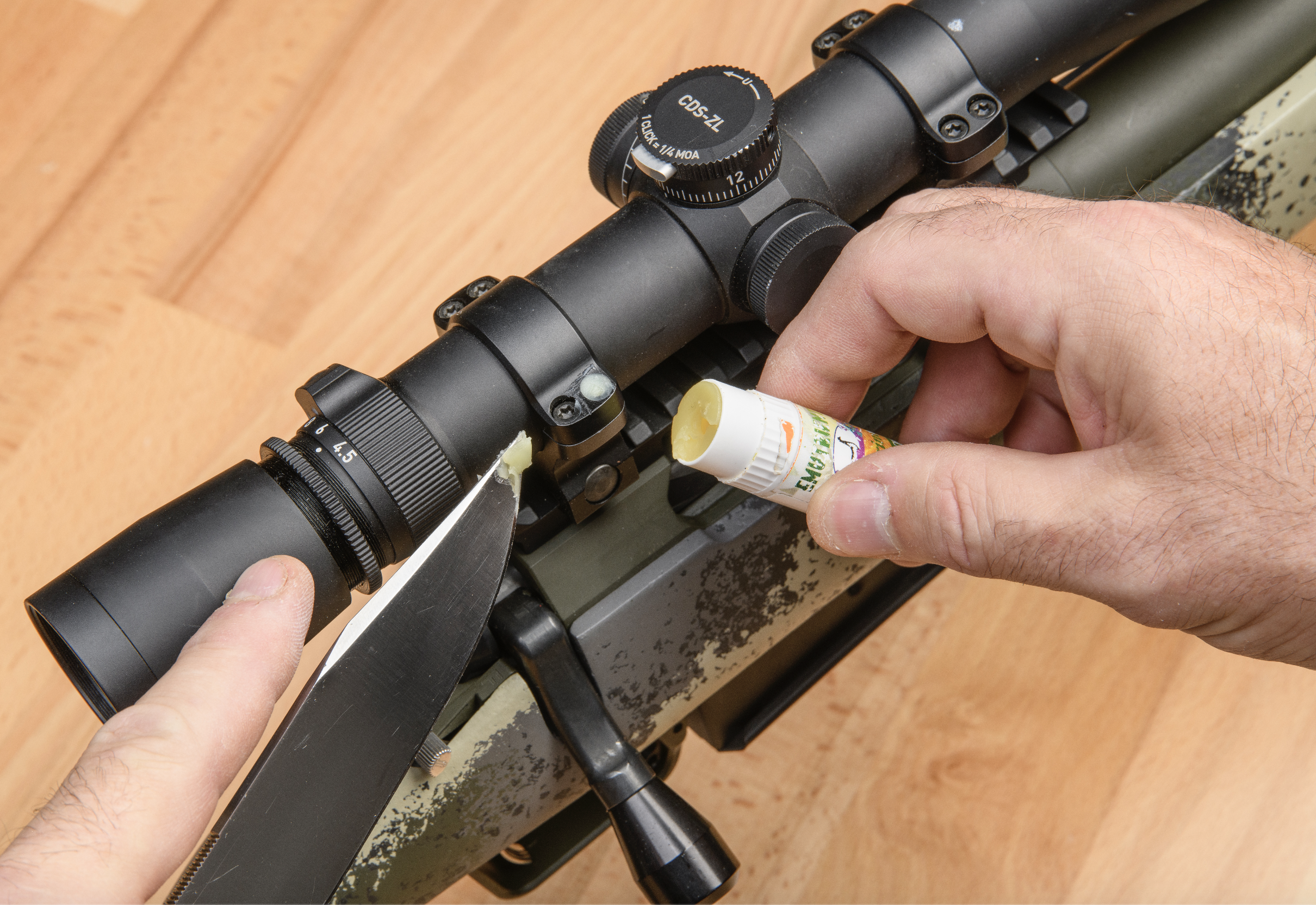
The screws on your scope rings, and even the guard screws that hold your rifle together, can be vulnerable to rust and corrosion. An easy trick is to take some ChapStick or petroleum jelly, and press it into the head of the screws to seal them against the elements.
If you have a sun shade for your scope, screw it on. Not only will this reduce glare if you need to take a shot with the sun in your eyes, but it also protects your objective lens from rain and snow.
If you have a scope that doesn’t dial for elevation and windage (meaning you won’t need to access the turrets in the field), another option is to take a neoprene scope cover and zip tie it to the scope tube. The ties keep it in place and uncovering the lenses can be done quickly before taking the shot.
Follow these handful of steps and rest easy that you’ve done your part to tune up your big-game rifle ahead of your next hunt.

